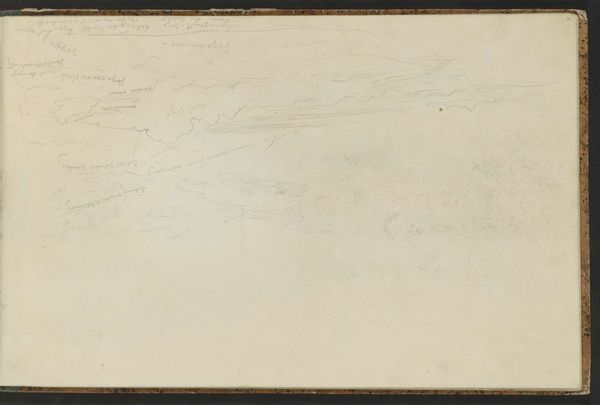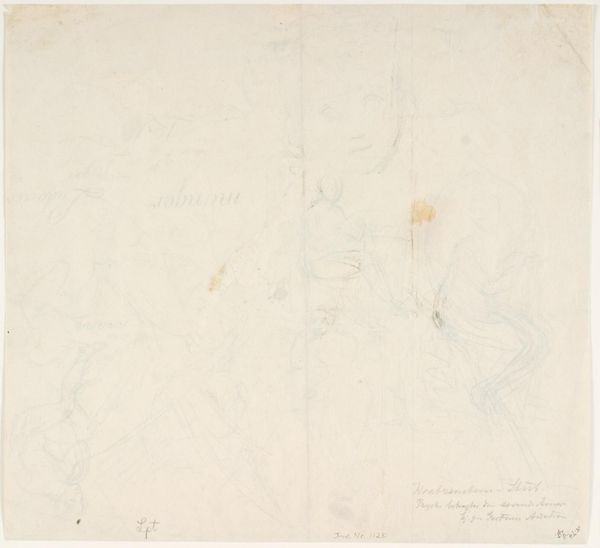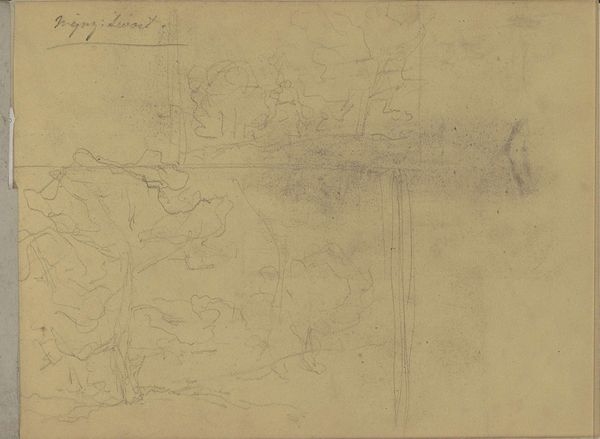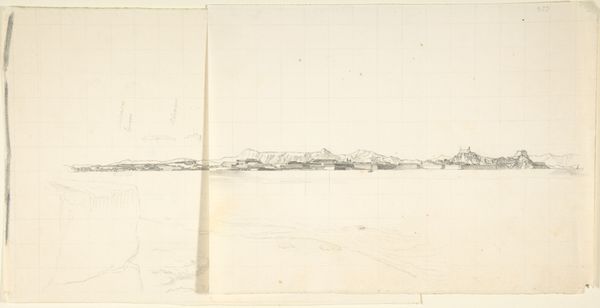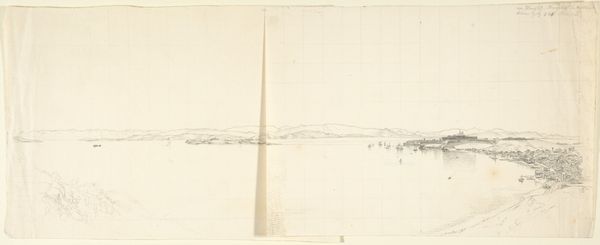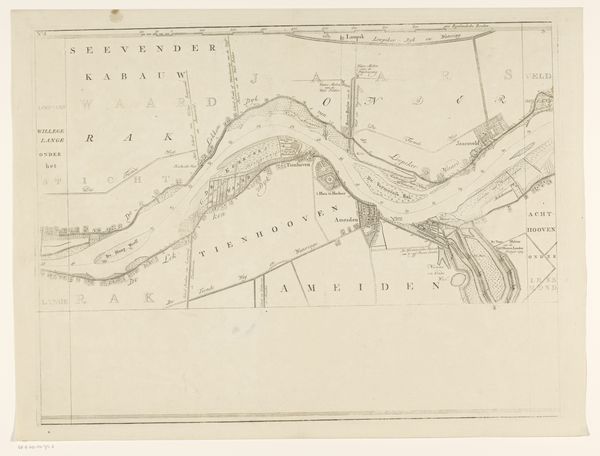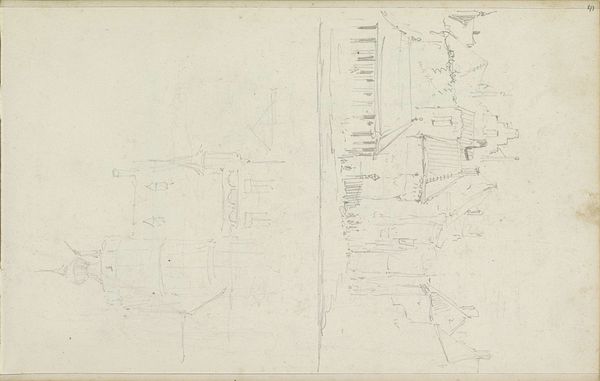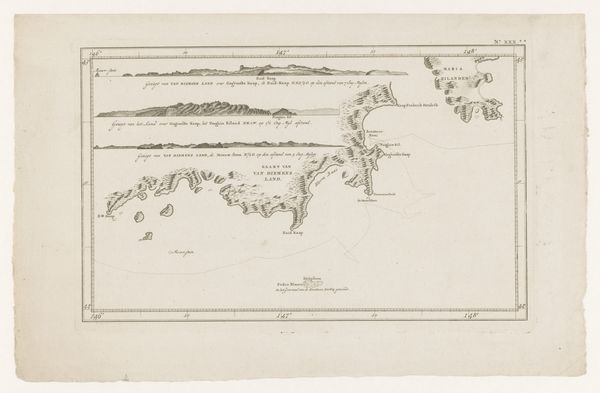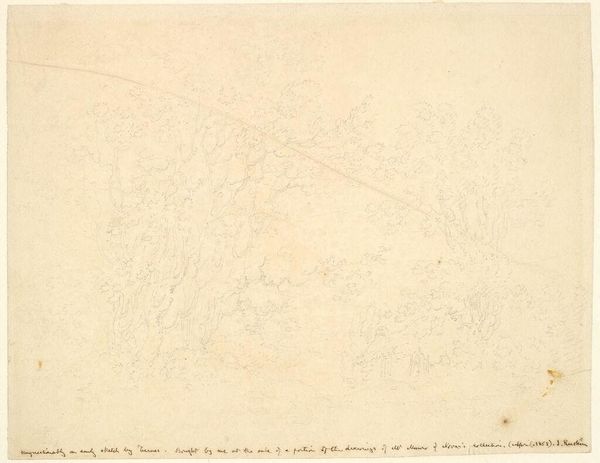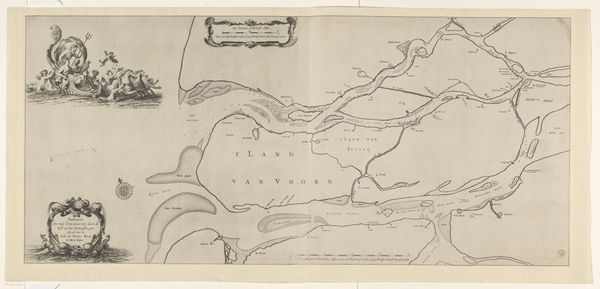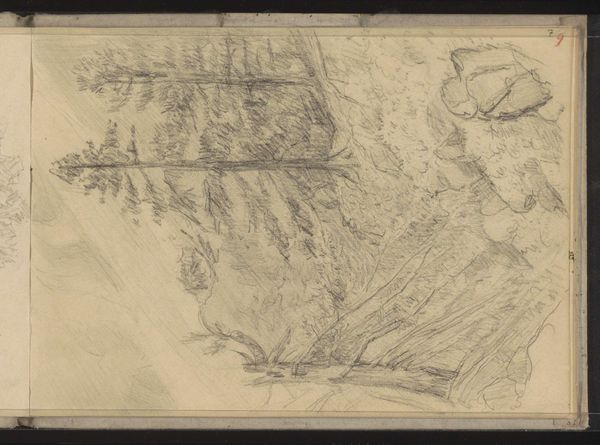![Mountain Landscape [verso] by Thomas Cole](/_next/image?url=https%3A%2F%2Fd2w8kbdekdi1gv.cloudfront.net%2FeyJidWNrZXQiOiAiYXJ0ZXJhLWltYWdlcy1idWNrZXQiLCAia2V5IjogImFydHdvcmtzL2IwOWU5NDA5LWI0OTAtNDE4OC05ODdhLWNiMTgwMWZkNWRmNC9iMDllOTQwOS1iNDkwLTQxODgtOTg3YS1jYjE4MDFmZDVkZjRfZnVsbC5qcGciLCAiZWRpdHMiOiB7InJlc2l6ZSI6IHsid2lkdGgiOiAxOTIwLCAiaGVpZ2h0IjogMTkyMCwgImZpdCI6ICJpbnNpZGUifX19&w=3840&q=75)
drawing, pencil
#
drawing
#
landscape
#
romanticism
#
pencil
#
hudson-river-school
Dimensions: sheet: 19 × 29.1 cm (7 1/2 × 11 7/16 in.)
Copyright: National Gallery of Art: CC0 1.0
Editor: This is Thomas Cole's "Mountain Landscape [verso]," created around 1828, a pencil drawing. It's quite faint and delicate. What strikes me is the raw, almost urgent feel of the sketch, like a fleeting moment captured on paper. How do you interpret this work? Curator: I see it as more than just a quick sketch. Consider Cole's position as a key figure in the Hudson River School, a movement deeply intertwined with ideas of Manifest Destiny and the romanticization of the American landscape. This drawing, though seemingly simple, reflects the complex relationship between humans and nature during a period of intense expansion and displacement. What indigenous narratives might be overlaid or even erased from this representation? Editor: That’s a compelling point. I was focusing on the aesthetic, but now I'm wondering about the political context. Did Cole consciously engage with these issues of land ownership and the impact on native populations? Curator: I think that, even unconsciously, his work embodies the prevailing ideologies of his time. The “sublime” wilderness he depicts was simultaneously being celebrated and commodified, a resource to be exploited. The drawing acts almost as a kind of surveyor's mark. This tension - the appreciation of nature alongside its instrumentalization - is a crucial aspect of understanding not only Cole, but also the broader legacy of American landscape art and its connections to environmental and social justice. How can we, today, unpack these complicated representations? Editor: So, by examining this seemingly simple drawing, we're really engaging with broader questions of colonialism and environmental ethics. I'll definitely be thinking about that relationship now when looking at landscape art. Curator: Precisely. And by bringing those critical lenses, you’re ensuring art history remains a vital and relevant tool for understanding our present and shaping our future.
Comments
No comments
Be the first to comment and join the conversation on the ultimate creative platform.

